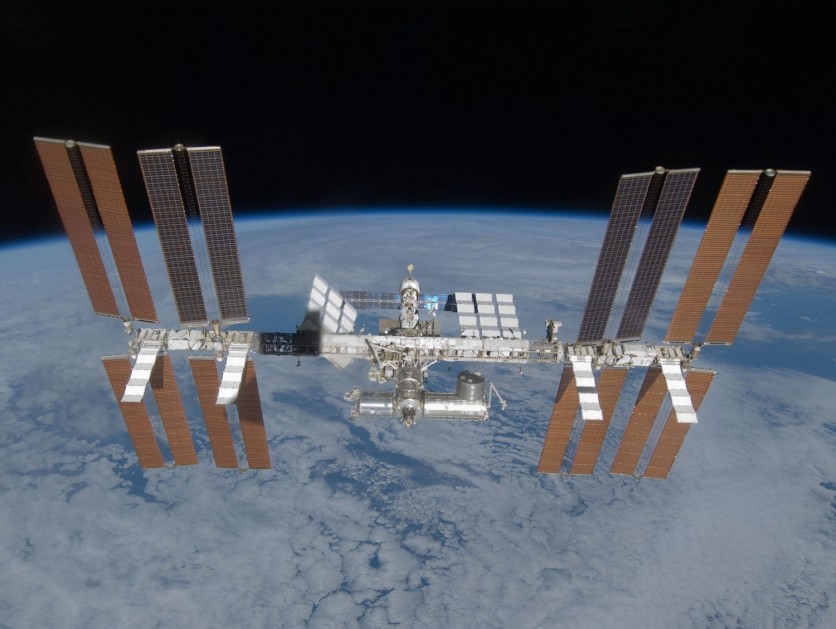A new study has uncovered an alarming level of chemical contamination within the International Space Station (ISS). The research reveals that concentrations of potentially hazardous chemical compounds in dust found in air filtration systems exceed those commonly found in many households in the United States.
This study, conducted jointly by scientists from the University of Birmingham, UK, and the NASA Glenn Research Center in the US, could potentially shape the spacecraft's future construction and design.

International Space Station Air Filters
The study analyzed dust samples collected from the ISS's air filters. The findings revealed elevated levels of organic contaminants, surpassing the typical median values detected in homes across the US and Western Europe.
Among the chemical contaminants detected were substances such as polybrominated diphenyl ethers (PBDEs), hexabromocyclododecane (HBCDD), various brominated flame retardants (BFRs), organophosphate esters (OPEs), polycyclic aromatic hydrocarbons (PAH), perfluoroalkyl substances (PFAS), and polychlorinated biphenyls (PCBs).
The chemical substances found in the "space dust" serve a wide range of purposes, such as adhering to fire safety standards and being used in electrical devices, construction materials, and fabrics.
The existence of these substances within the enclosed surroundings of the ISS has raised questions regarding their potential effects on the astronauts' well-being and the appropriateness of the space station's construction materials.
Of particular note, specific chemical compounds detected in the dust samples have been categorized as persistent organic pollutants (POPs) in accordance with global agreements due to their enduring environmental implications.
Co-author of the study, Professor Stuart Harrad from the University of Birmingham, emphasized the relevance of these findings for future space missions. He suggested that careful material selection during the design and construction phases could mitigate potential contaminant sources.
Despite concentrations of organic contaminants in ISS dust often exceeding those in terrestrial indoor environments, the researchers highlighted that the levels generally remained within an acceptable range.
Sources of These Chemicals
The study also revealed the possible sources of these chemicals. "Off-the-shelf" items brought aboard by astronauts for personal use, such as electronics and clothing, could be responsible for introducing these contaminants into the space station environment, according to the study.
The research revealed that the ISS microgravity environment may contribute to these chemicals' accumulation and distribution. With particles floating according to the flow patterns of the ventilation system, they eventually settle on surfaces and air intake areas.
Additionally, the high levels of ionizing radiation in space may lead to the breakdown of materials into microplastics and nanoplastics, which could affect the composition of the dust.
While the study offers valuable insights into the chemical composition of the ISS environment, it also underscores the importance of ongoing research to understand better the potential health and safety implications for astronauts living and working in such unique conditions.
The study's findings were published in the journal Environmental Science & Technology Letters.
Related Article : NASA's Atmospheric Waves Experiment Completes Critical Space Environmental Tests - ISS Launch Coming Soon


![Apple Watch Series 10 [GPS 42mm]](https://d.techtimes.com/en/full/453899/apple-watch-series-10-gps-42mm.jpg?w=184&h=103&f=9fb3c2ea2db928c663d1d2eadbcb3e52)


